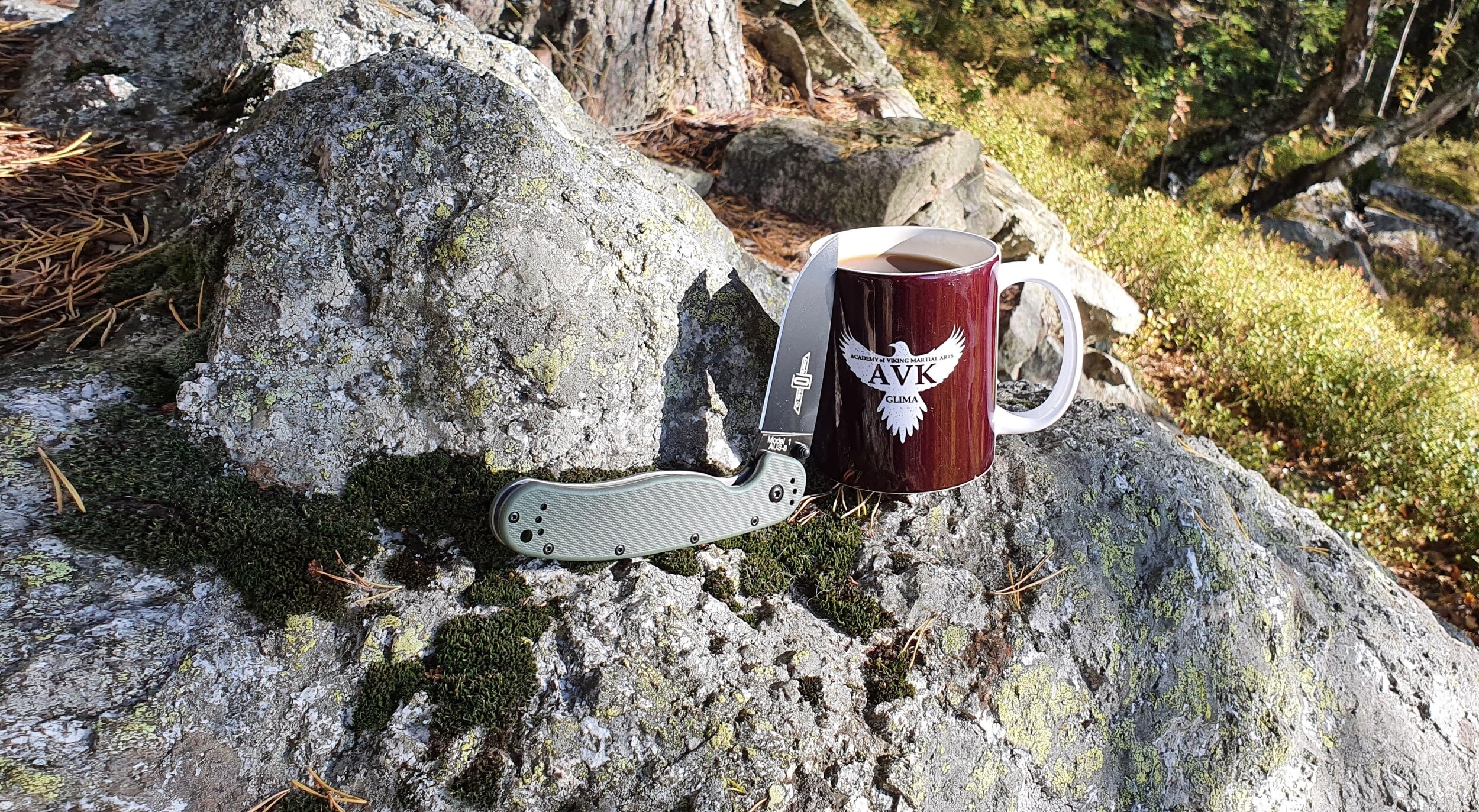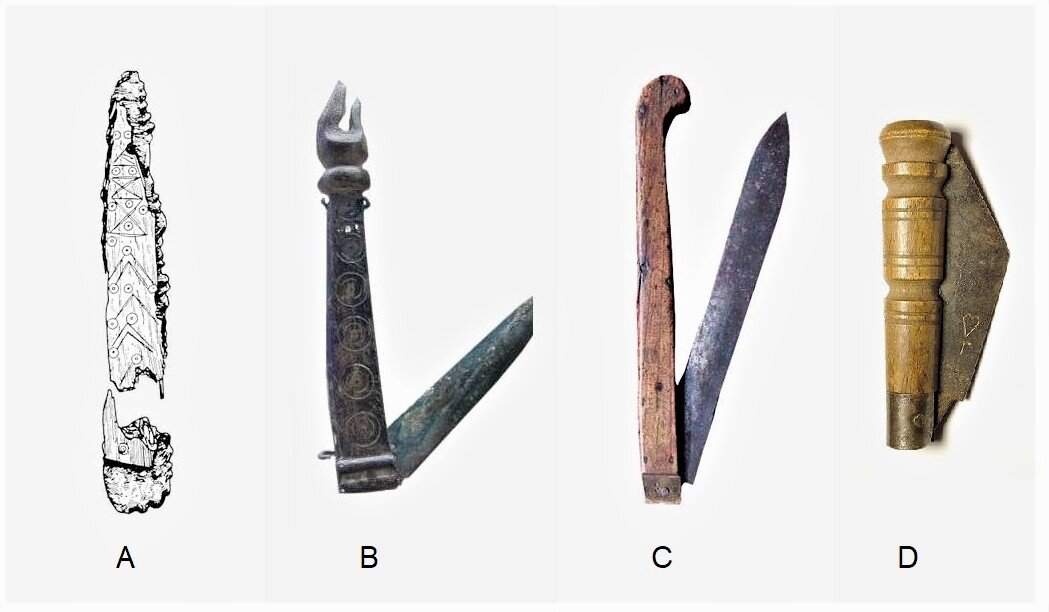The FOLDING KNIFE by Tyr Neilsen
/There is a type of knife that Norwegian knife expert Bjørn Ingebrigtsen has with him all the time. At work, at play, and sitting up in the hills overlooking the Drammen fjord, having a cup of coffee and talking about knives.
“This is a tool I really appreciate,” Bjørn explains as he reaches to his belt, and with a quick movement produces a steel blade from a knife handle held firmly in his hand. “This folding knife takes up little space and can often do the work of a much bigger knife.”
Bjørn slowly pushed the blade back into its handle. “It’s called the folding knife because the blade isn’t fixed,” he explained as he opened the knife slowly. “The blade is held in place within the handle in such a way that it can be released and used pretty much as you would use a fixed blade knife.” Bjørn deftly replaced the blade then ‘flicked’ it open with impressive speed. “The most basic design allows a pivoted blade to simply fold out of the handle, but there are many variations that use a backspring, slipjoint or blade locking mechanism.”
“In English the folding knife is sometimes referred to as pocket knife, jack-knife or pen-knife,” Bjørn grinned, “but in Norwegian we call it a Foldekniv, which literally means folding knife.” The folding knife is not a new tool in Norway, there have been many folding knives found here dating back to the Viking Age. Some Viking knives had friction binders, but most of them used a closure to keep the blade open. Some were plain and basic, others had fine blades and wonderfully carved handles.
The earliest form of folding knife dates back to at least the early Iron Age. Folding knives have been found in Spain that date back to the pre-Roman era, and a folding knife with a bone handle was found in Austria that dates back to around 600–500 BC. Folding knives were popular but expensive and not widely distributed until around the year 1650, when they were produced by cutlery companies in Sheffield, England. By the year 1700 there was large-scale production of folding knives with names like Fuller's Penny Knife and the Wharncliffe Knife.
A: FOLDING KNIFE FROM AROUND 600-500 BC. B: VIKING AGE FOLDING KNIFE. C: EUROPEAN FOLDING KNIFE FROM AROUND 1600. D: INEXPENSIVE ENGLISH “PENNY KNIFE” FROM 1650 TO 1700,








